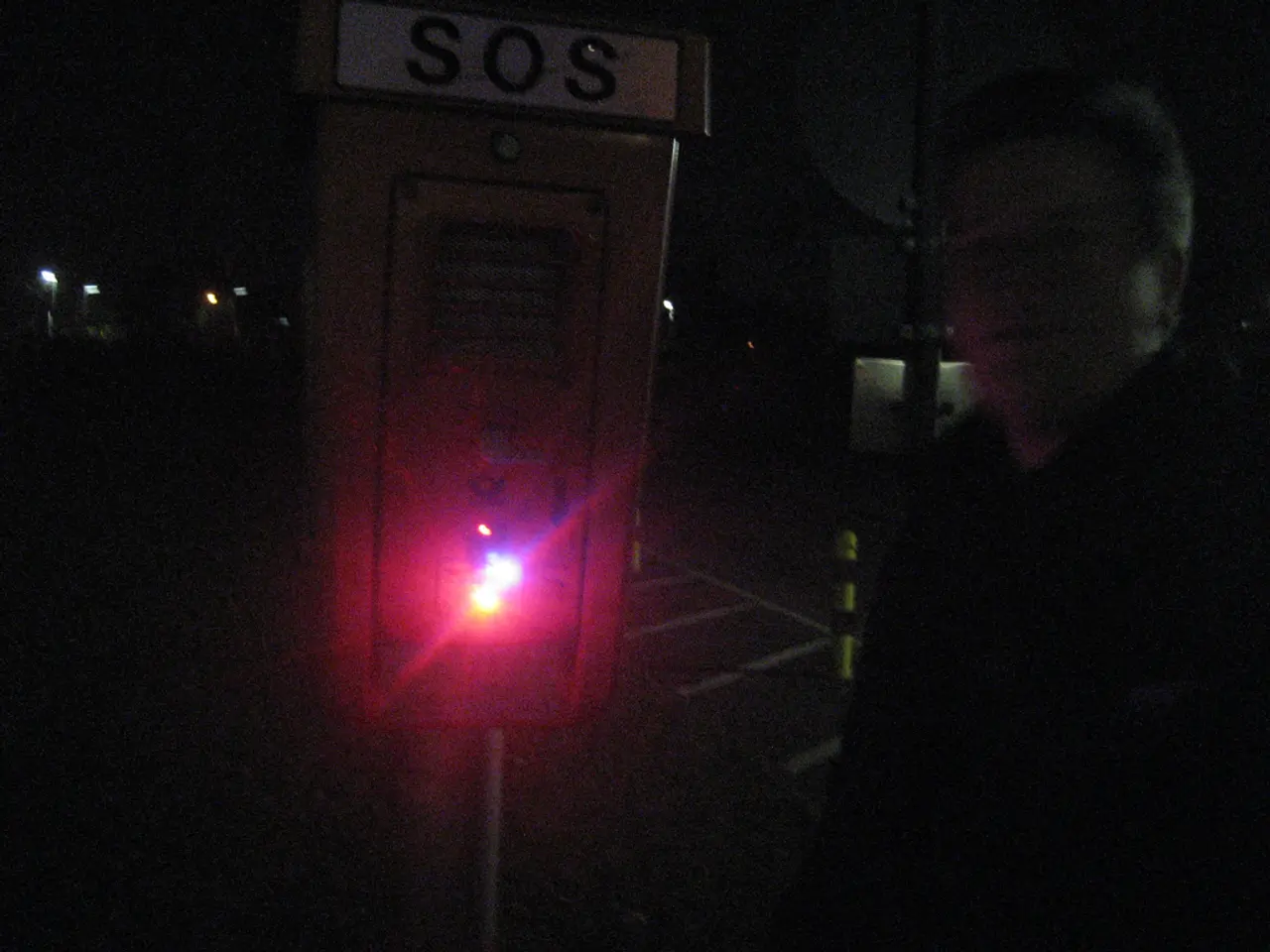Artificial Intelligence Consumption of Data Center Power Continues to Increase, with No Signs of Abatement
Title: Soaring Energy Consumption of AI Threatens Global Data Centers
Research published in the journal Joule indicates that artificial intelligence (AI) currently accounts for 11-20% of global data center electricity demand, a figure projected to nearly double by the end of 2025, representing almost half of all global data center power consumption. The rapid increase in energy demand is mainly due to the widespread adoption of large language models like ChatGPT.
The new research has been published in a commentary by Alex de Vries-Gao, founder of Digiconomist, a research firm that evaluates technology's environmental impact. De Vries-Gao's earlier work focused on bitcoin mining, another energy-intensive activity. As AI's significance grows due to its extensive use across industries, he considers analyzing its energy consumption more urgent. His research suggests that by the end of the year, global energy demand for AI will exceed that of bitcoin mining.
"The money that bitcoin miners had to amass to reach their current positions pales in comparison to the funds being poured into AI by tech giants like Google and Microsoft," de Vries-Gao stated. He believes this escalating pace poses a greater environmental threat.
The increase in AI energy consumption is already challenging Big Tech's climate goals. Recent sustainability reports from tech companies acknowledge the rising energy use resulting from AI integration. Google's greenhouse gas emissions have risen by 48% since 2019, making it more challenging for the company to achieve net-zero emissions by 2030.
Data from the International Energy Agency shows that data centers consumed 1.5% of global energy in 2024, around 415 terrawatt-hours,amounting to less than Saudi Arabia's yearly energy demand. However, data center electricity consumption has grown four times faster than overall consumption in recent years, with nearly double the investment since 2022, primarily driven by expanding AI capacity. Overall, the IEA predicts that data center electricity consumption will surpass 900 TWh by the end of the decade.
Despite the significant data, it remains unclear precisely how much of the current data center electricity usage is attributable to AI. Data centers support various services, including hosting cloud services and providing online infrastructure, that may not necessarily be linked to the energy-intensive activities of AI. Companies, on the other hand, maintain the confidentiality of their software and hardware's energy expenditure.
De Vries-Gao chose to examine the supply chain to get a broader picture of AI's energy consumption, beginning from the production side. Calculations of energy consumption have started from the user side, such as estimating the electricity used for a single ChatGPT search.
By Year-End, AI Energy Demand Exceeds Bitcoin Mining:- AI systems currently account for 11-20% of data center electricity consumption (415 TWh in 2024), set to surpass bitcoin mining's annual energy consumption of around 100 TWh by the end of 2025.
Implications for Global Energy Consumption:- If current trends continue, AI's energy demand could reach levels comparable to Japan's current consumption by the end of the decade, surpassing Belgium's annual consumption.- By 2030, overall data center energy consumption is projected to triple, with the US demand possibly exceeding 600 TWh.
While bitcoin mining is energy-intensive, it has a relatively stable energy demand compared to AI's projected growth. The rapid expansion and integration of AI into data centers and digital technologies increase its environmental footprint, potentially posing broader implications for economic growth and global energy infrastructure.
- The research by Alex de Vries-Gao, founder of Digiconomist, indicates that AI currently accounts for 11-20% of global data center electricity demand.
- The rapid increase in AI's energy demand is mainly due to the widespread adoption of large language models like ChatGPT.
- De Vries-Gao's research suggests that by the end of the year, global energy demand for AI will exceed that of bitcoin mining.
- The increase in AI energy consumption is already challenging Big Tech's climate goals, with Google's greenhouse gas emissions having risen by 48% since 2019.
- By the end of the decade, data center electricity consumption is predicted to surpass 900 TWh, with AI energy demand potentially reaching levels comparable to Japan's current consumption.
- De Vries-Gao has chosen to examine the supply chain to get a broader picture of AI's energy consumption, beginning from the production side.




